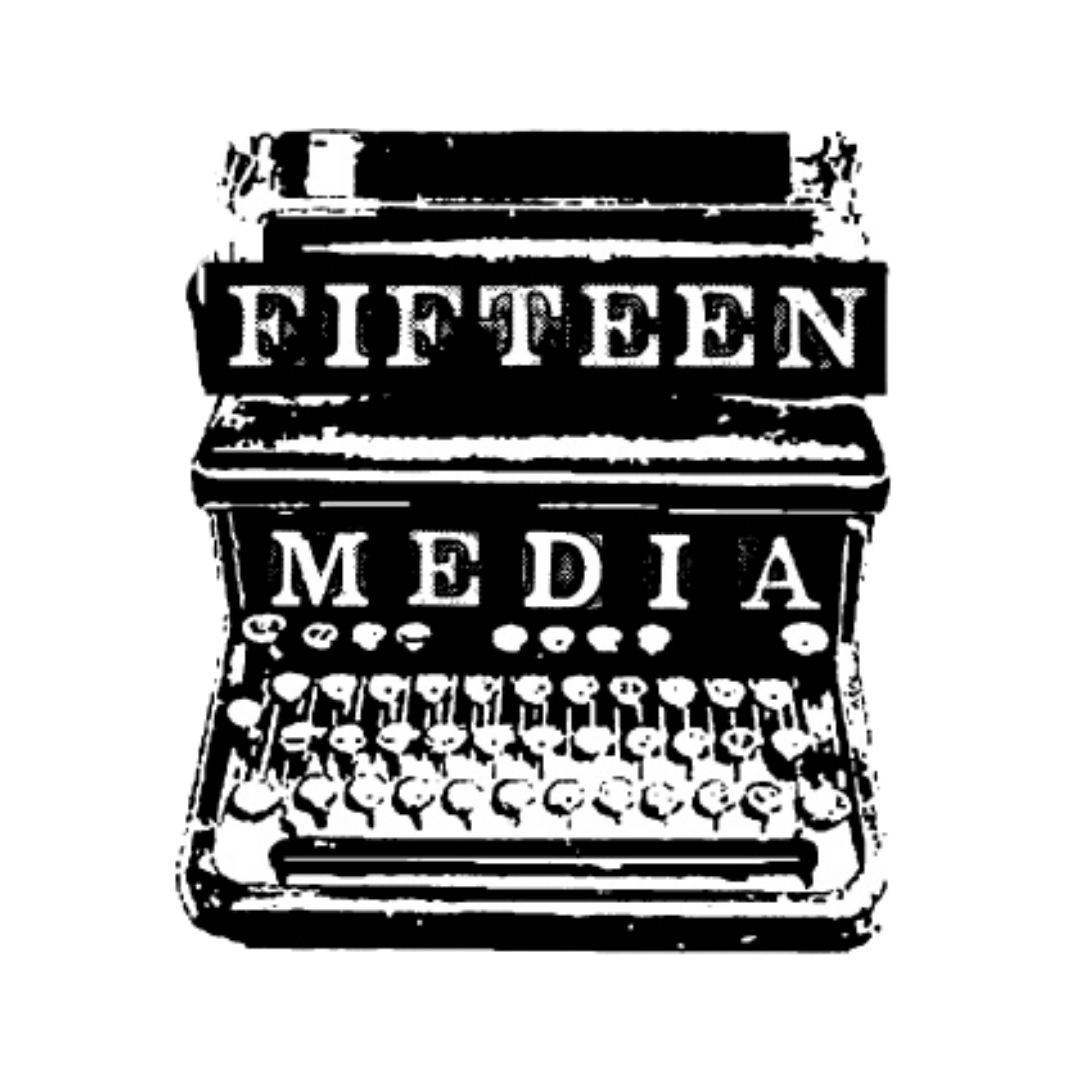PR Activities to Prioritize When You’re Just Getting Started
Have you ever heard of analysis paralysis? Analysis paralysis can strike anyone who has too many options. You spend all your time trying to decide and get stuck not making a decision.
I feel analysis paralysis anytime I try to pick out a new [pick one: playlist, podcast, TV show, etc.]. There are so many options, it has literally taken me longer to choose a show than the show’s actual duration.
Another hotspot for analysis paralysis? Starting PR.
There are infinite stories to tell and publications to pitch. It’s all too common for a business to hold off on starting PR just because they haven’t decided the best way to get started.
Do you know what that leads to?
It leads to ZERO PR.
When you begin PR for your brand, it is important to start small so you don’t get overwhelmed or stuck. Doing something is better than nothing, no matter how tiny it may feel compared to all of your options.
My advice is to block out about an hour each week, work on a small number of pitches, and let it grow naturally as you get the hang of PR.
You might ask, what do I do in that hour?
Here are three tips you can put into action during a weekly PR power hour.
1. Look at your competitors
Have you ever spotted your competitor in the media and turned green with envy?
Don’t.
When you notice a competitor in the media, use it to your advantage!
When you’re just getting started in PR, I recommend searching your competitor’s websites to see if they have listed or linked their media placements. Usually, this will be on a press page.
Click into the article and find who wrote it and send them a pitch!
If you want to find out how to track down their email address or phone number, take my PR Foundations Course where I’ll show you how for all kinds of different media contacts.
2. Choose one media category
One of the reasons why anyone can do their own PR is that there are so many kinds of media outlets out there. However, that can also make it more overwhelming because you have so many options to pick from.
...and like we were talking about before, that leads to analysis paralysis.
I recommend you pick one kind of media at a time and focus. So for example, maybe for a few weeks you only target podcasts, then blogs, then newspapers, and so on.
By narrowing the field like this, it’s going to be a lot easier to decide who you want to pitch and you’ll get the hang of pitching that media type faster too.
3. Write a good pitch
This is crucial: you have to write a good pitch.
Most of the time when you pitch the media, you’re coming in cold. If your pitch doesn’t sizzle just right, it’ll be completely ignored.
One rookie mistake is to include too many details. Long, verbose emails are not very effective. If you can keep it concise, you’ll be much likely to get your point across.
Before you hit send, ask yourself if the email is offering something that helps them and their audience, or just yourself. Helping the media is another strategy you can use in your pitch to make sure you catch their attention.
I also cover ‘How to write a pitch’ in depth in my PR Foundations course. It’s not hard, but knowing how the industry works and what they’re looking for can give you a big advantage as you start PR.
Good luck!
